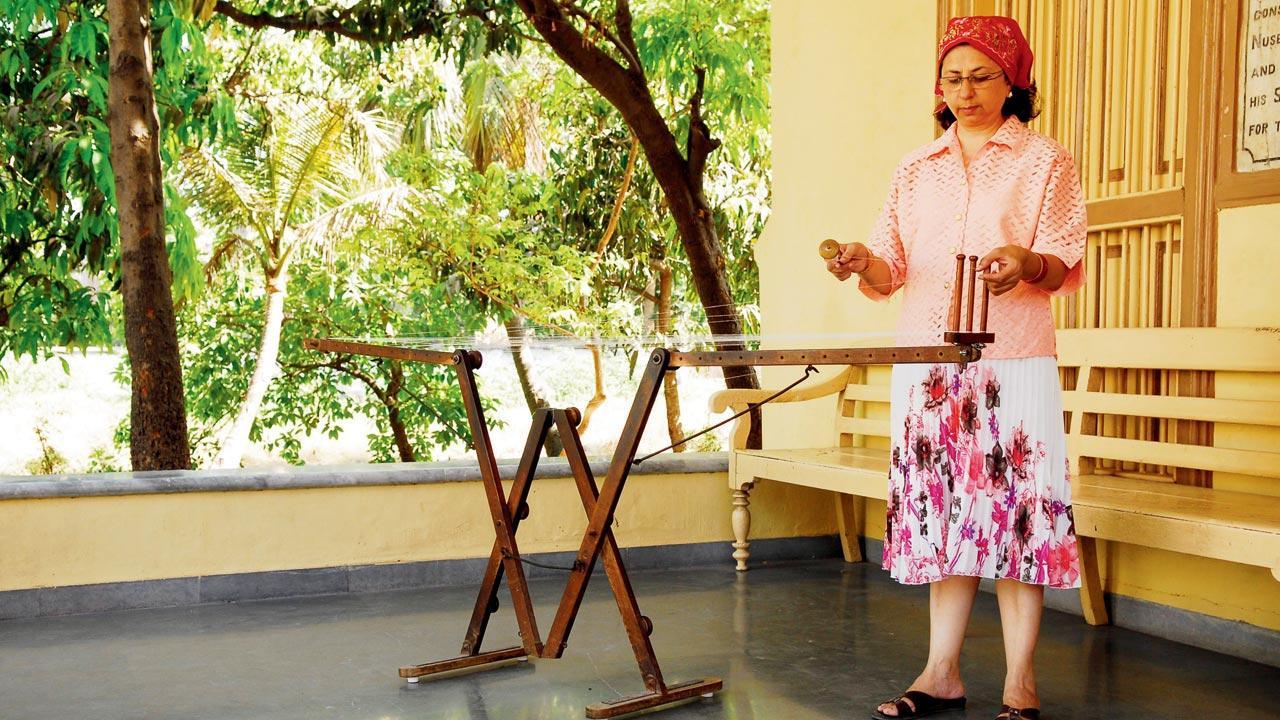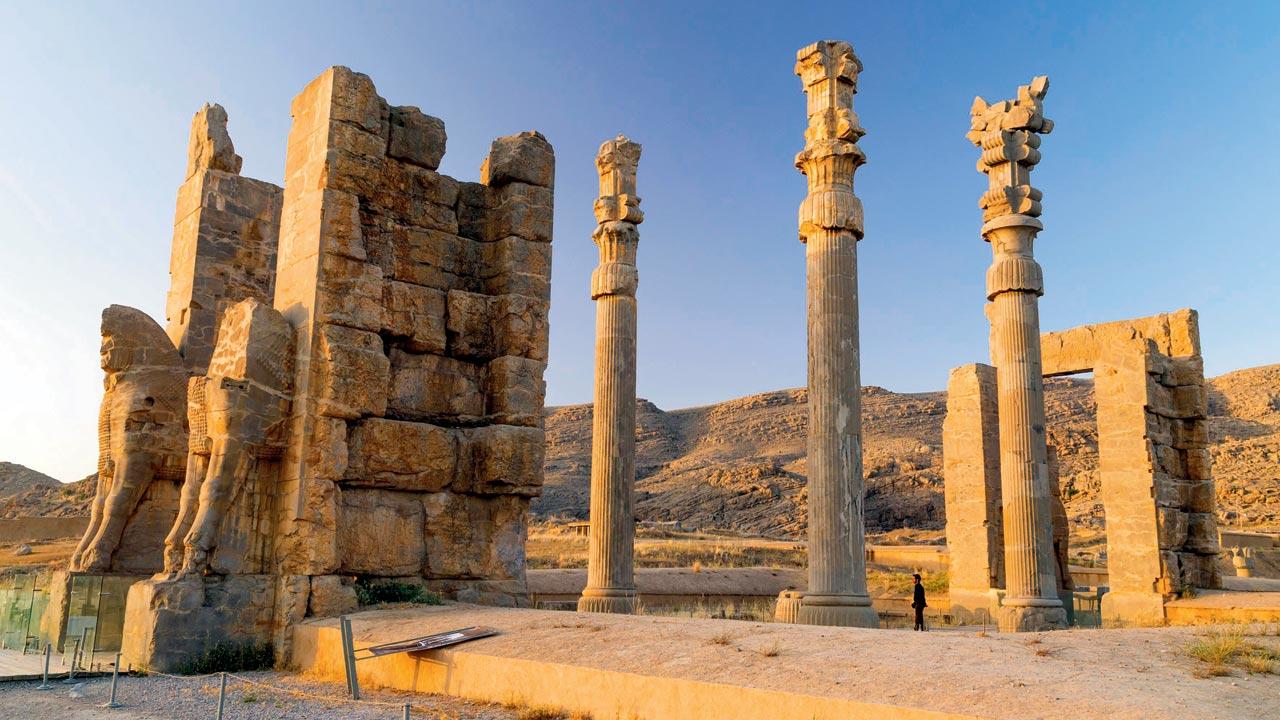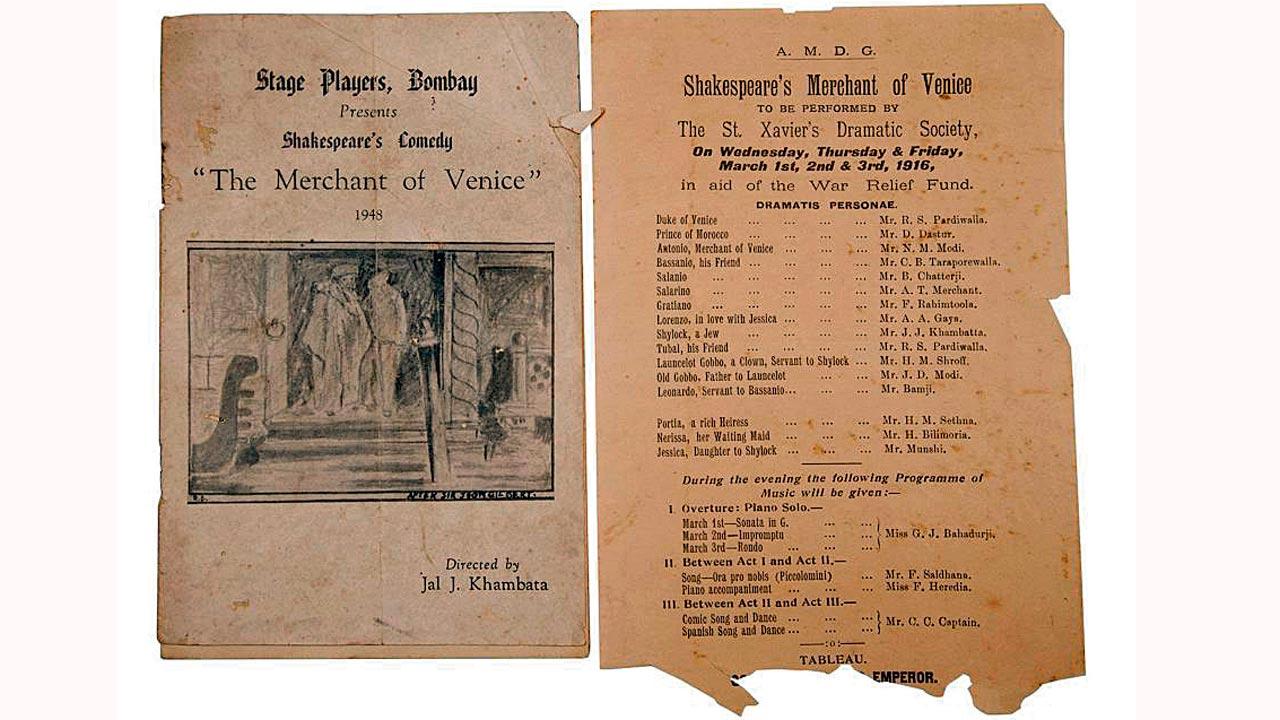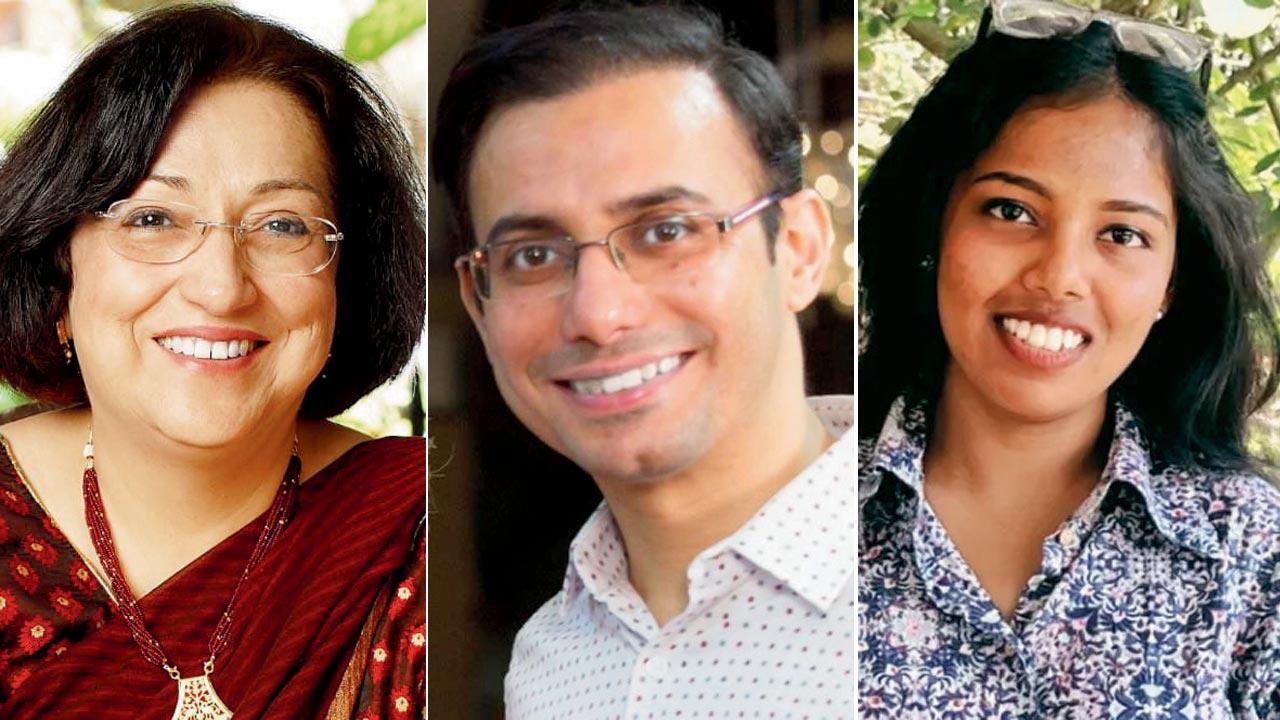The team of passionate academics helming the TISS-Parzor course on Parsi culture say it’s the first of its kind anywhere in India, and critical for a country that has been enriched by the minority

The course will also cover the kusti or sacred thread, which is traditionally woven by women on their verandahs
The Parsi community, which gave India many of its firsts— first cotton mill in the country, the first Indian-owned newspaper, airline and bank, to name a few—is now gearing up for another first. The Tata Institute of Social Sciences (TISS) and Parzor, a UNESCO project for preservation of Parsi-Zoroastrian culture, have launched a first-of-its-kind academic course on the community’s heritage.
For a group that accounts for a mere 0.06% of India’s population, the ethno-religious minority has pioneered many of the country’s advancements; a fact that President Droupadi Murmu highlighted last week as she greeted the community on the occasion of Navroze on August 15. Despite their many contributions as nation builders, not many outside the community know about their traditions and culture. The hope is that this will change with the TISS-Parzor course.
 The ruins of Persepolis, the ceremonial capital of the Achaemenians— the earliest Zoroastrians—in ancient Iran, is a symbol of how the community has lived through multiple destructions but rebuilt itself each time
The ruins of Persepolis, the ceremonial capital of the Achaemenians— the earliest Zoroastrians—in ancient Iran, is a symbol of how the community has lived through multiple destructions but rebuilt itself each time
Kerman Daruwalla, academic coordinator for the programme, tells mid-day, “Nothing like this is being done anywhere in India. There are some Western universities that may teach a module on Zoroastrianism, but those focus on the historical aspect or the language. There is no comprehensive course on the culture, especially in the Indian context—after Zoroastrians from Iran came to India—or viewed from a contemporary lens. That is the focus of this course.”
A programme like this has been long overdue, he says, but a host of factors have come together to make it possible now. “Perhaps earlier there was apathy for structured academic study of the subject. For example, the Tata story is studied in business and city-building courses, but not as part of the Parsi community’s legacy. Now, the timing is right. Not only is there a revival of interest in the community’s heritage, but it’s become easier to conduct online courses. This has allowed us to rope in experts in several domains, no matter where in the world. This would not have been possible in an offline programme,” adds Daruwalla, who will be teaching the Persian and Parsi Gujarati Literature module.
 A playbill for an adaptation of Shakespeare’s Merchant of Venice, staged in Mumbai in 1916 by famous Parsi actor-writer Jal Khambata. Pics Courtesy/Parzor
A playbill for an adaptation of Shakespeare’s Merchant of Venice, staged in Mumbai in 1916 by famous Parsi actor-writer Jal Khambata. Pics Courtesy/Parzor
Who should apply for the programme? Parzor director Dr Shernaz Cama, who will teach the introductory Foundation Course for the TISS-Parzor programme, says, “It’s meant for anyone who is interested in the Parsi culture and heritage. And that’s not just from a historical perspective—the course is about understanding world culture in order to understand the future; in a way, it’s like the past introducing the future.”
She thinks theirs is a story of inspiration.
 Prof Almut HIntze and Dr Kerman Daruwalla will teach a course on Avestan, the Zoroastrian scriptural language seen in this book, the Khordeh Avesta or Little Avesta
Prof Almut HIntze and Dr Kerman Daruwalla will teach a course on Avestan, the Zoroastrian scriptural language seen in this book, the Khordeh Avesta or Little Avesta
“The Parsis are few in number, but have spread across the world, from India and New Zealand to the depths of Canada. This is an ancient diasporic community that has lived through multiple migrations, seen multiple destructions but rebuilt [itself] each time,” says Cama, highlighting it as a trait to emulate at a time when so many are being displaced in the world. It’s also a story of resilience. The Zoroastrians of Pars in Persia came to the Western coast of India as refugees after the conquest of Persia by Islam. “We have seen empires come and go and managed to survive,” Dr Cama says, “Paradoxically, though, now that we have seen prosperity, when we are no longer being persecuted and we have a position of respect, we are dying out demographically. In the course, we also look at the Parsi paradigm as a precursor of the predicaments of progress. Developed countries that have seen progress are also facing the same demographic decline, be it China, Japan, or European countries.”
The modules will also explore cultural, economic and scientific advancements brought to the nation and the world by Parsis. Homi Bhabha, considered the father of India’s nuclear programme, was Zoroastrian. As is Cyrus Poonawala, founder of the Serum Institute of India, the world’s largest vaccine manufacturer, which made headlines during the Coronavirus pandemic.
 Shernaz Cama, Kerman Daruwala and Sakshi
Shernaz Cama, Kerman Daruwala and Sakshi
“Parsi thespians are recognised today as pioneers of the performing arts and films not just in India, but across South Asia. Famous Parsi actor-writer Jal Khambata staged reproductions of Shakespeare’s plays in the 1900s. Parsi performers would perform in Gujarati, Marathi, Hindu and Urdu, and eventually began performing across Singapore, Malaysia and other countries in different languages as well,” says Dr Cama, who has devoted her life to recording and preserving Parsi heritage that is slowly fading from memory. She brings a lifetime of lived experience, field work and academic research to the TISS-Parzor Centre for Cultural & Heritage Studies, and hopes to pass on the gathered knowledge to the next generation of academics.
Standing at the ready are students such as Sakshi, who has enrolled for the programme. The 22-year-old who is pursuing a Masters degree in English Literature from Gargi College, University of Delhi, and dreams of a career in academics studying multiculturalism. Her particular area of interest is how culture interacts with changing times, she says.
“In this course, I hope to study a plethora of subjects—Parsi architecture, literature, archaeology and theatre. The professors are all personalities who have worked their entire life to preserve the culture and uplift it. They will all bring their lived experiences to the class and what they teach will be beyond anything I can learn from a book,” she says, adding that since it’s an online course, she can pursue it simultaneously with her MA in Delhi.
“If you are someone who wants to learn more about the Parsi community and its legacy, this is a good course. Everyone knows who the Parsis are, but very few are aware of their culture. I’m sure that while the whole nation celebrated Independence Day, not many were even aware that August 15 was Navroze or Parsi new year. In a country like this, where Parsis have given so much, more of us should know about them,” Sakshi concludes.
Rs 60k
Cost of full certificate programme
Rs 7,500
Cost of each elective
Who is teaching?
Professor Almut Hintze—the only professor of Zoroastrianism in the world at the Shahpoorji Pallonji Centre at the School of Oriental and African Studies (SOAS), University of London—along with Kerman Daruwalla, academic coordinator for the programme, will teach the elective on Avestan, the Zoroastrian scriptural language
Dr Shernaz Cama, who was invited by UNESCO to initiate a project to preserve and promote Parsi Zoroastrian heritage in 1999, will conduct the introductory Foundation Course, as well as teach the elective on Material Culture: Arts, Crafts and Architecture
Dr Kurush Dalal will teach the History, Archaeology and Heritage course
Dr Sarah Stewart, professor emeritus at SOAS, who has worked extensively on Iranian and Parsi oral traditions, will lead the Oral Tradition, Ecology and Rituals class
Master classes will be held offline by renowned puppeteer, Padma Shri and Sahitya Akademi Award winner Dadi Pudumjee; designer Ashdeen Lilaowala, best known for popularising Parsi Gara embroidery at his atelier; art historian-author-philanthropist Dr Pheroza Godrej; and author-researcher Firoza Punthakey Mistree, who is spearheading a revival of interest in Zoroastrian studies
Also Read: Diaspora dreams of Parsi delicacies
 Subscribe today by clicking the link and stay updated with the latest news!" Click here!
Subscribe today by clicking the link and stay updated with the latest news!" Click here!










